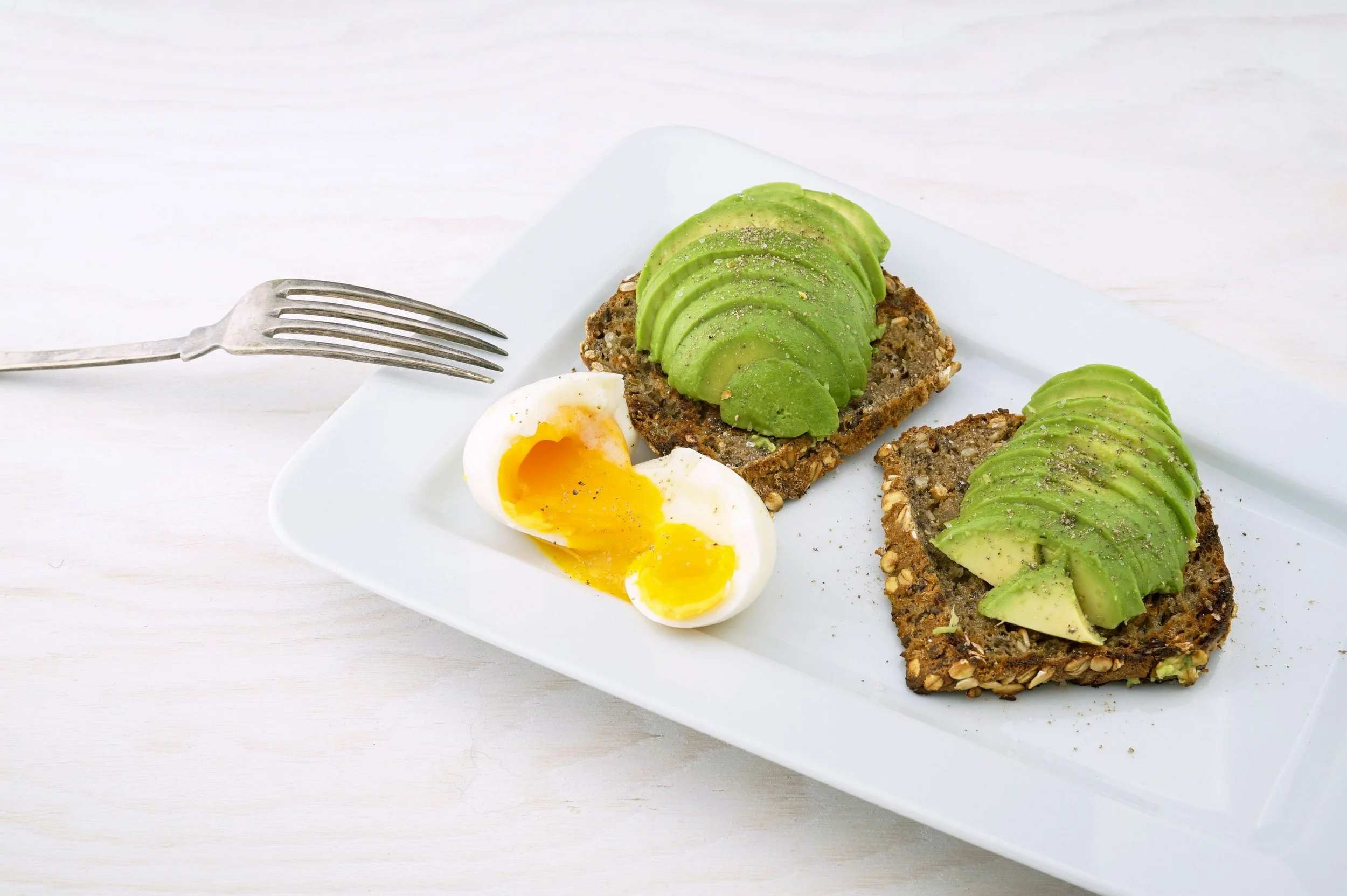What? Why? Avocado
From My Kitchen: What a Nutritionist Eats & Why
Photo by Gil Ndjouwou on Unsplash
What?
Creamy, satisfying and incredibly versatile, avocados are one of my favourite kitchen staples. Technically a fruit (but used like a healthy fat), they’re rich in heart-healthy monounsaturated fats, fibre and a range of vitamins and minerals — making them a simple yet powerful addition to any balanced diet.(1)
Why?
Avocados offer far more than flavour and texture:
Support cellular health — Their monounsaturated fats help with healthy cell membranes, supporting skin, mood and general health.(2)
Feed your gut — The fibre in avocado nourishes beneficial gut microbes, supporting a diverse and resilient microbiome.(3)
Aid natural weight regulation — Their unique mix of fibre and fats supports steady energy release and satiety, helping you feel full for longer. Research even shows avocados can enhance natural GLP-1 production — the body’s own appetite-regulating hormone.(4)
Calm inflammation — Avocados are packed with antioxidants like vitamin E, lutein and carotenoids that may help reduce inflammation in the body.(5)
Support heart health — The combination of potassium, fibre and healthy fats may help support healthy cholesterol balance.(6)
Photo by Wesual Click on Unsplash
How to Enjoy
Mash onto wholegrain or sourdough toast with lemon and a pinch of sea salt.
Add to smoothies for a creamy, nutrient-dense texture.
Slice into salads or grain bowls for lasting satisfaction.
Blend into chocolate mousse or puddings for a nourishing twist on dessert.
Photo by Art Rachen on Unsplash
A mindful note
Avocados are a great example of “fat as friend” — nourishing, balancing and deeply satiating. They remind us that when we eat whole, real foods, the body often does the regulating for us.
Summary
Avocados are rich, versatile and packed with nutrients that support gut, hormone, heart and skin health — a perfect example of how simple foods can deliver powerful, whole-body nourishment.
References:
https://doi.org/10.1016/j.jand.2022.12.008
https://pmc.ncbi.nlm.nih.gov/articles/PMC3664913/
https://doi.org/10.1093/cdn/nzz040.OR23-07-19
https://pubmed.ncbi.nlm.nih.gov/31035472/
https://www.mdpi.com/2076-3417/14/14/5978
https://doi.org/10.1016/j.cdnut.2025.107062



